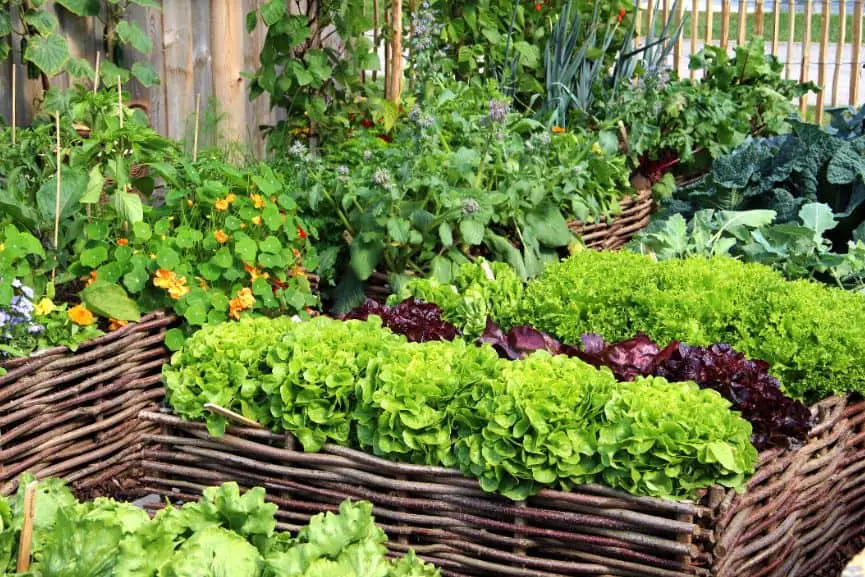Not wasting seed is one of the modest things we can do to combat a wasteful world. Moreover, overplanting may save precious resources like land and water and produce more than we can consume. It may seem minor to calculate the number of vegetable plants you need per person, but over time, conserving resources may be beneficial. Of course, having an additional plant to guard against disease, pests, or subpar performance is always a good idea, but keeping the number of plants you should have under control is also smart.

Planning A Vegetable Garden
The secret to a good harvest of adequate food for our family and ourselves lies in the layout of our vegetable gardens. Calculating the number of veggies per person that are required to keep the larders stocked is a part of that planning. Although certain plants, like lettuce, may be cut and grown again, others must be reseeded to provide a continuous harvest.
You can prevent overplanting by keeping track of harvest dates and planting timings. You will learn how much seed is required for full stomachs and how much food is sufficient to keep without creating additional waste.
Calculating the Number of Tomato Plants Per Person
Compared to plants that develop from roots or tubers, seedlings are a little simpler to measure. Essentially, the gardener may expect that each seed will produce one plant. This math is simple when referring to a plant that only produces one root, like radishes. But, it becomes more difficult when discussing a plant that produces several fruits, like tomatoes or peppers.
While predicting how many fruits a plant will produce is impossible, experienced cultivators frequently have a reliable approximation. The quantity of food each plant produces will vary depending on cultivation methods and environmental conditions, including weather, insects, disease, and soil quality. The kind of seed will also make a difference since it takes more cherries to satisfy each individual than it does a big slicing tomato.
How Many Asparagus Plants Do You Need?
Now, things get trickier. Over time, asparagus roots will provide many spears, but as they age, they will typically yield fewer stems. A grower should anticipate few or no stems for harvest in the first year after planting the roots.
The number of roots required per person will also depend on the size at which the spears are picked. The required quantity may be calculated using the number of roots or rows per individual. The typical number of roots needed per person is 30–50, which equates to 10–20 feet (3-6 m) of rows spaced 6 feet (2 m) apart.
Sunchokes are one example of a perennial vegetable plant that grows more food each year.
How Much Seed Should Be Planted Per Person?
Whether you want to preserve a part of your crop or merely want a steady food supply throughout the growing season will determine the precise quantity of annual seed to sow. The least amount of seed that should be planted per person, assuming normal development and no illness, would be:
- Arugula- 5
- Bean (Dried)-4
- Bean (Snap) – 4
- Beet-5
- Broccoli -3
- Brussels Sprouts- 1
- Cabbage- 4
- Carrot- 30
- Cauliflower- 1
- Celery- 5
- Corn- 12
- Cucumber- 6
- Garlic- 12
- Lettuce- 6
- Melon-2
- Pea- 30
- Pepper-2
- Radish- 15
- Spinach-15
- Summer Squash- 1
- Winter Squash- 1
- Cherry Tomato- 3
- Slicing Tomato- 1
- Turnip- 5


